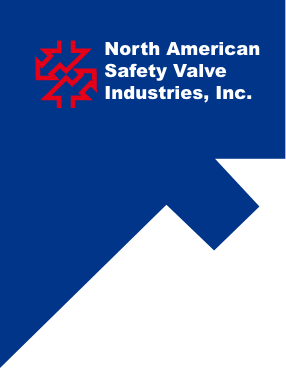Q: My customer has a 2-inch line. Do I need to sell them a 2-inch safety valve?
A: Safety valves should be sized and selected based on the set pressure and flow rate requirement, not necessarily on the line size. Unlike other valves you might sell, line size means nothing when it comes to safety valves. Remember, these valves are the last line of defense against catastrophic failure, so you want to be sure they are selected properly. A valve that is too large may not function properly, and a valve that is too small will not protect your customer’s system from an overpressure event.
Q: If the system operating pressure is 150 psi, what should the set pressure for the valve be?
A: In order for the valve to function properly, the set pressure needs to be at least 5 psi or 10% above the operating pressure, whichever is greater. Whichever is greater is key. In this case, the minimum set pressure for the valve is going to be 10% above 150 psi, which is 165 psi. If you were to have an operating pressure of 30 psi, you would want to go with the greater of the two options and set the valve at 35 psi, which is 5 psi above operating since it is greater than 10% above operating.
Q: Why is the valve my customer just installed leaking?
A: There can be several factors that may be causing the leak. The most common cause would be that the valve is set too close to the operating pressure. Remember our 5 psi/10% rule above? If this isn’t followed, the valve can leak, kettle or even fully open during regular operation. Other issues can stem from improper installation, such as unsupported outlet piping, applying too much pipe dope or installation on a dirty line. Another installation issue that we come across regularly is when a valve is installed horizontally. Remind your customer that their safety valves must be installed in an upright and vertical position in order to function properly.
Q: How often should my customer re-certify their valves?
A: There is no official answer. The ASME and National Board does not have rules about how often valves should be recertified. An insurance inspector or a state inspector will dictate this. Many large facilities base their recertification schedules on the inspector’s requirements. A good rule of thumb is to have boiler valves tested every year and process valves every 3-5 years. At minimum, steam valves should be tested annually to ensure the seats are not stuck. In order to manually test a valve, the inlet pressure must be at least 75% of set pressure (there is potential to damage the valve at lower pressures). You will lift the lever to open the valve, then let go and let it snap shut. You do not want to manually lower the lever.
